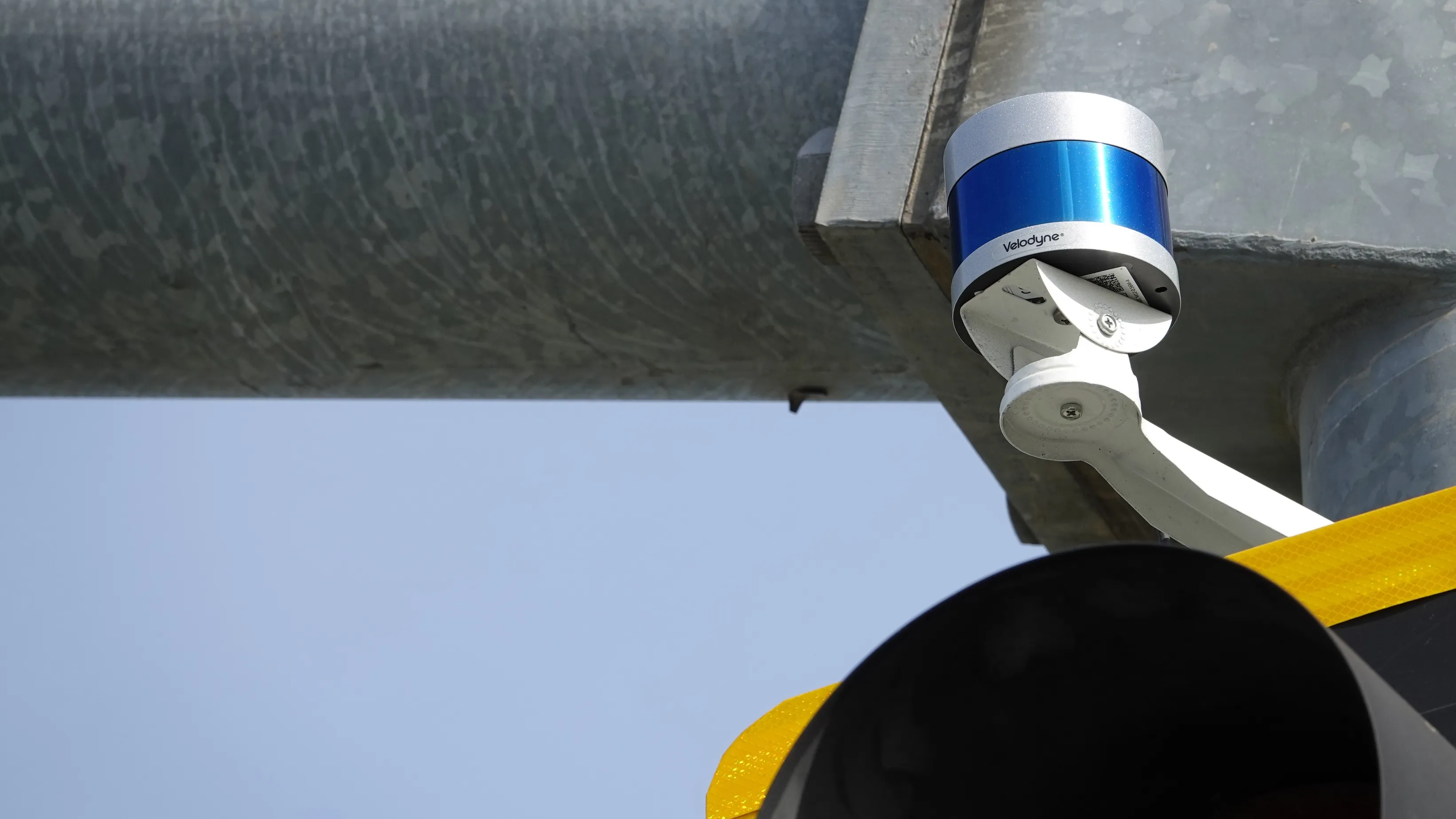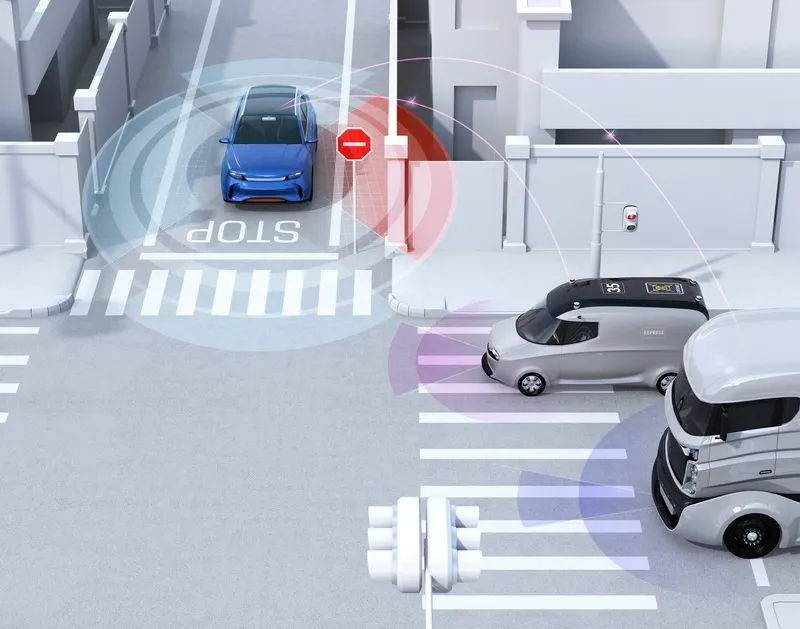
Consolidation in the Lidar industry is continuing as specialists Ouster and Velodyne completed their "merger of equals".
The combined company will keep the name Ouster and continue to trade on New York Stock Exchange, and says it will be a "Lidar powerhouse" with more than 850 customers in the automotive, industrial, robotics, and smart infrastructure industries.
The combined Ouster says it expects to retain approximately 350 employees with its HQ in San Francisco and key offices across the Americas, Europe and Asia-Pacific.
"Significant cost synergies and value creation" are the drivers behind the move, the firm says for the combined company and its stakeholders.
Its combined cash balance was over $315m in December 2022, and Ouster says it is "on track to exceed previously projected annualised operating expenditure synergies of $75 million...within nine months".
Its portfolio now includes Ouster OS and DF series sensors, Velodyne Lidar sensors, and Ouster Gemini and Bluecity software;
“We’re thrilled to have completed the merger with Velodyne so quickly, further boosting our financial position and our ability to accelerate Lidar adoption,” said Angus Pacala, CEO of Ouster.
“Together, we have an even stronger team backed by a healthy balance sheet, new channel partners, and a wide selection of positive-margin products to serve a diverse set of customers and win more deals than ever before. We expect our innovative digital Lidar roadmap, amplified by exciting new software solutions, to further expand our serviceable market and catalyse growth across the business.”
Ouster is set to provide a "comprehensive update" on its integration plans, including product offering, technology roadmap, manufacturing and operations footprint, commercial strategy, and additional synergies across the business, on its fourth quarter 2022 earnings call.









